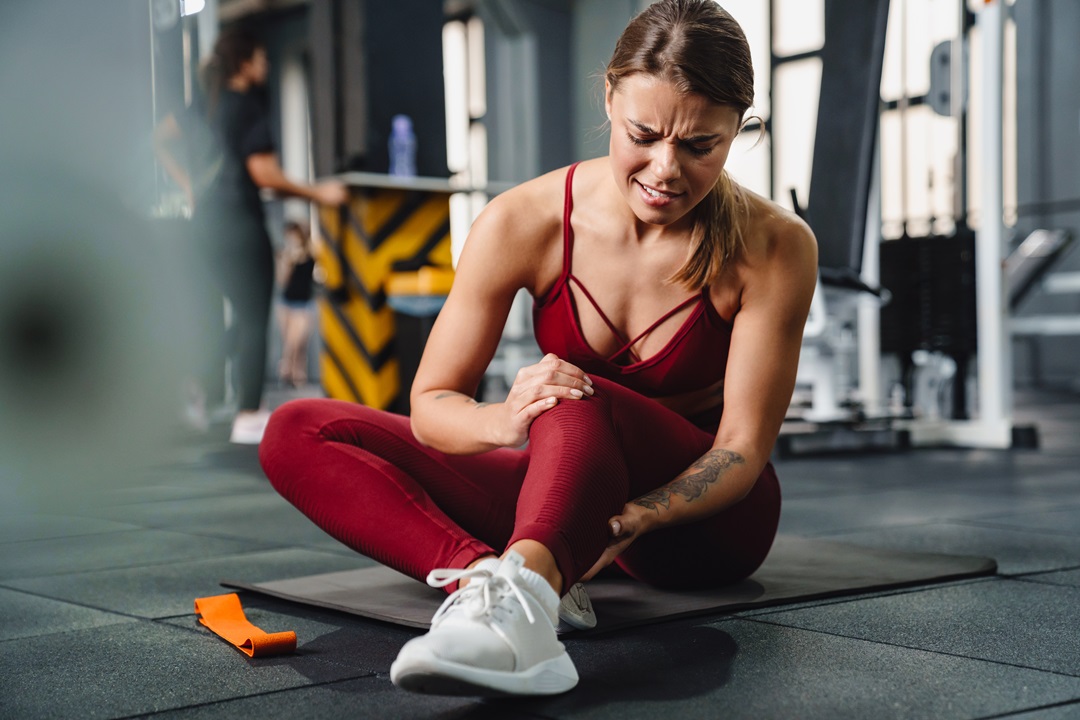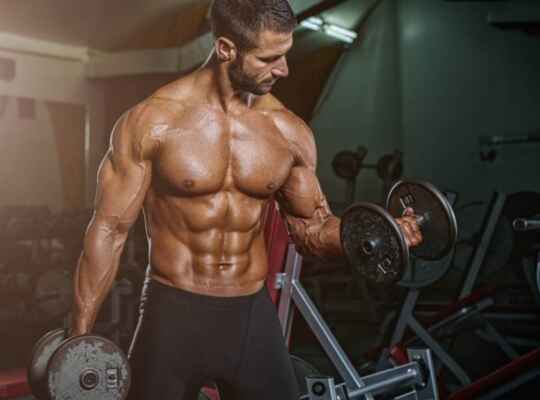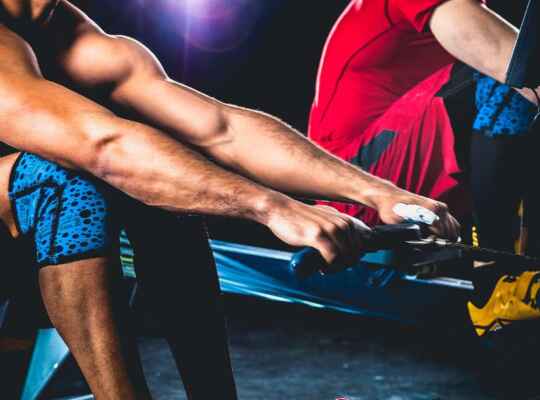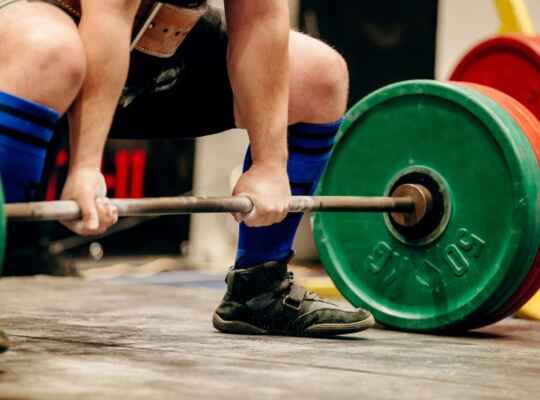- Launch Your Training Today! We're available 24/7 by Appointment Only.
- (615) 329-2747
- info@nextlevelfitness.com
Bodyweight Workouts: Effective Exercises for All Body Types
Structuring Your Workouts for Long-Term Gains
July 10, 2024
How to Prevent and Recover from Common Workout Injuries
August 8, 2024Bodyweight workouts are a simple way for everyone to get fit, no matter their shape. You don’t need gear or a gym. These exercises use your own weight to build muscle and boost health.
Think of push-ups, squats, and lunges that you can do at home or outside. They suit busy lives well since you can do them anywhere, anytime. Starting with these basic moves helps create a solid fitness foundation before moving on to more complex routines like those in trendy studios or Pilates marathons.
Tailoring Workouts for Nashville Lifestyles
When you live in Nashville, staying fit means finding workouts that fit your life. You have lots of choices here. There’s something for everyone, from high-energy dance to tough sessions with boxing.
Let’s not forget about Pilates or the many gyms ready to help during quarantine times. There is no need for fancy gear; just bring yourself and get ready to move!
They offer ways that keep your body strong without taking up too much time from your day.
Maximizing Results Without Equipment
Mix it up to get the most out of bodyweight training. Try different exercises for all body parts. Quick sessions can boost your metabolism as much as longer ones do.
Aim to push hard with little rest between moves. This makes workouts tough but effective. An 8-minute routine could look like this: Make eight varied moves back-to-back, working for 50 seconds, then resting for 10 seconds on each one.
Include hip thrusts, push-ups, squats, rows, and more in your plan; for single-side exercises, switch sides after half the time is done to work both sides evenly. If an exercise gets too easy or hard, adjust how you’re doing it by using slight changes suggested within that move’s range or try another version of the exercise altogether.
Rows and pull-ups require something sturdy to hold onto, but if no gear is available, there are ways around it, so don’t skip these key exercises. By following these tips, anyone can challenge their whole body without needing any special equipment, leading not only to a leaner appearance but also to good posture and reduced injury risks, making this approach very worth trying out.
Full-Body Exercises Anyone Can Do
In bodyweight workouts, anyone can start easily. You need no gear to begin. These exercises use your own weight for strength building and flexibility, making them perfect for all fitness levels.
Start with push-ups, which work your arms and chest. Add squats to strengthen your legs and boost your heart rate. Planks are great for a strong core and help improve posture, too.
Next, try lunges. They target leg muscles differently than squats do and focus more on balance. Do each move in short sets, aiming for consistency rather than speed at first. Remember: good form is key to avoiding injury and getting the best results from these full-body moves.
Adapting Bodyweight Routines for Beginners
To avoid muscle loss, begin with bodyweight workouts. Start simple to build strength and confidence. These exercises use your own weight for resistance, making them perfect anywhere, anytime.
First step: check if you can move freely without pain or tightness. If yes, start practicing basic movements like squats and push-ups. Focus on doing these properly before adding more challenges.
For beginners:
1. **Plank Push-Ups** – Begin leaning against an elevated surface with arms straight but not locked. Lower yourself by bending your elbows.
2. Face a wall or counter for support during plank push-ups.
3. **Stationary Lunge** – Step one foot back, keeping the heel up.
Bend both knees, lowering yourself while keeping the front knee behind the toes. Start slow: 20 minutes twice weekly is good initially, but gradually add time and days as you get stronger. Remember, consistency is key in bodyweight training, as it is across all exercise types.
Aim to make each movement smooth, focusing on form over speed. This will ensure safety and better results over time. Gradually increasing intensity keeps your muscles challenged, ensuring growth. Remember, no equipment needed means no excuses.
Sculpting Muscle with Progressive Overload
To build muscle, start by lifting weights that are hard but doable. As you get stronger, bump up the weight to keep your muscles working hard. Also, try doing more reps or sets of exercises.
This adds challenge and helps avoid just repeating the same thing too many times. Another trick is to make each move take longer so your muscles work harder. You can also reduce rest time between sets or mix in new moves for a fresh challenge.
Working out more often gives muscles less break time and boosts growth. But remember: changing it all at once can be too much; pick one area to level up first. Keep track of what you lift or how long you work to see progress over weeks, not days – this shows if changes are needed!
Stick with a plan for about 4-6 weeks while making small increases in how tough workouts are.
Maintaining Motivation Through Community Support
Keeping your drive alive is key, especially when usual routines hit a snag like they did with COVID-19. Remember the boost you got from workouts? Hold on to that feeling.
When goals seem out of reach because life throws curveballs, don’t give up—switch it up instead! If running less fits the current world better, shift focus perhaps towards strengthening exercises using weight sessions or whatever works for you now. Each workout moves you closer to what you want to achieve, even without gym access or the usual equipment at hand.
Think creatively—bodyweight circuits or resistance bands can be excellent alternatives, providing intense exercise experiences right from home comfort. These methods keep progress ticking over rather than halting entirely due to changes in circumstances. Most importantly, jot down why fitness matters to you and use new objectives as stepping stones toward overall well-being amidst challenges.
Adapting plans doesn’t mean giving up; it means evolving alongside situations and ensuring every effort contributes positively towards reaching those redefined health ambitions.
Warning: Trying to access array offset on value of type null in /var/www/wp-content/themes/betheme/includes/content-single.php on line 286




